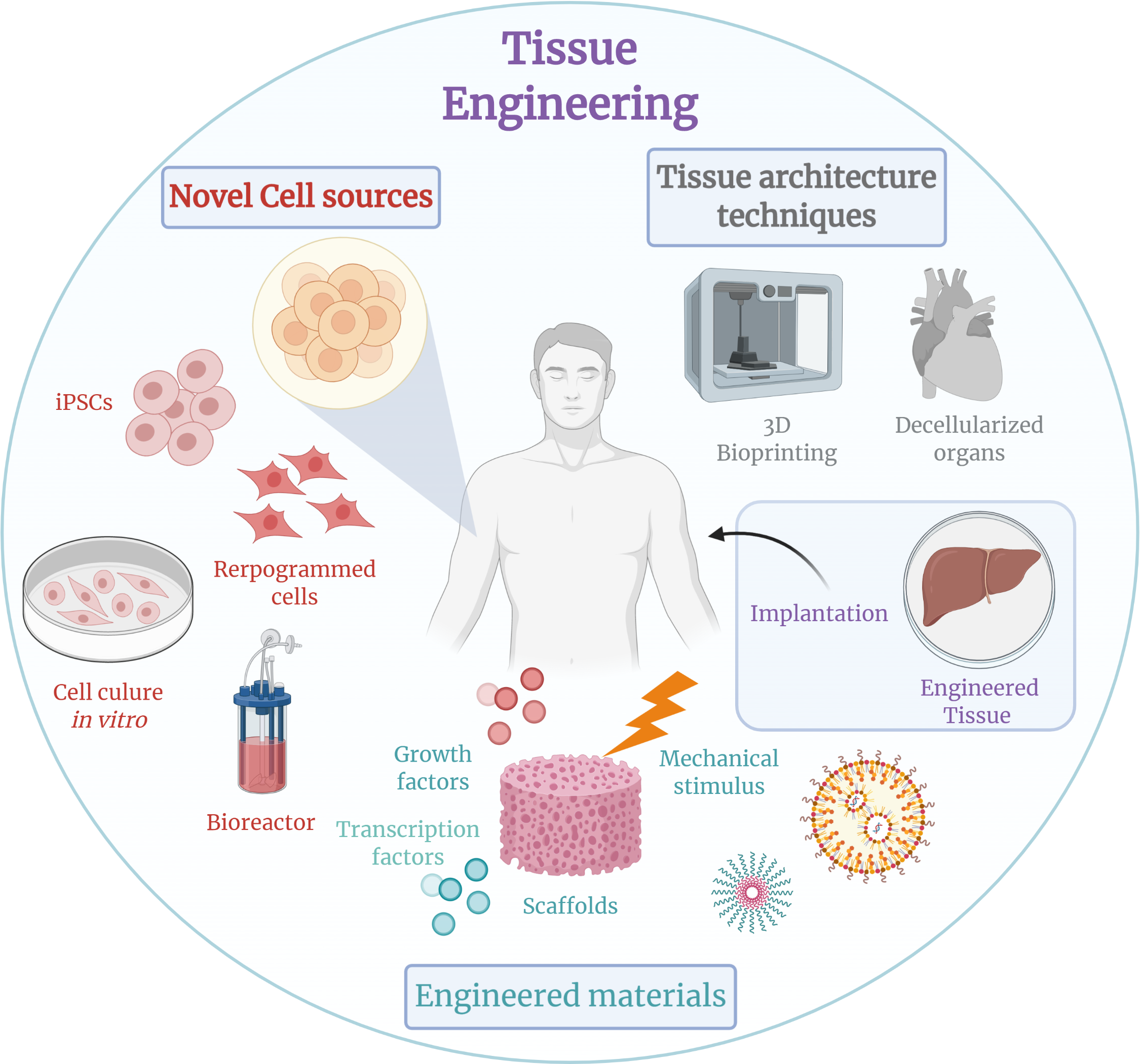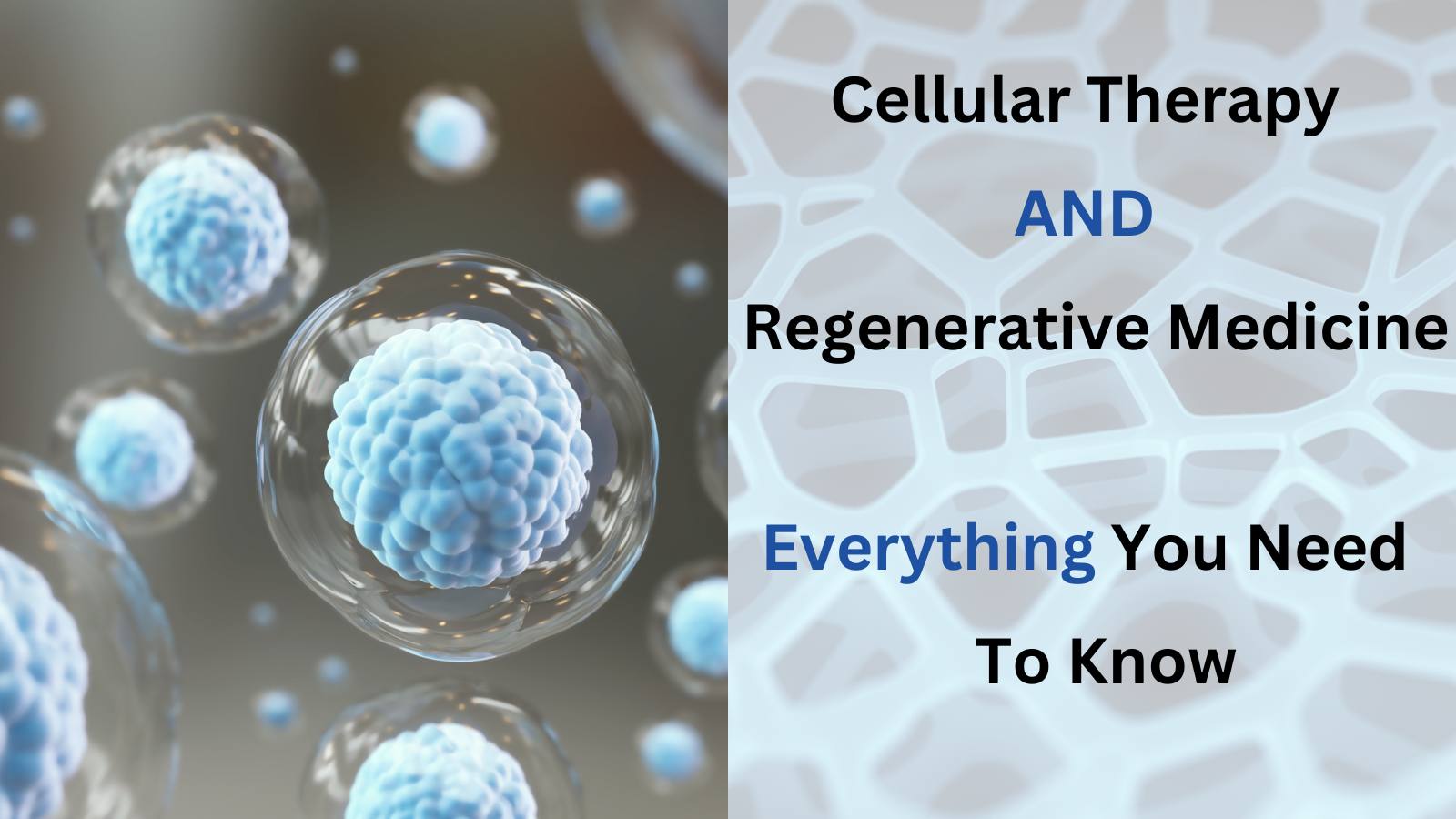Table of Contents

[/image][=video]
[/video]
There are many kinds of stem cells. In basic, the term stem cell describes a group of cells that generate various other cells (like skin, blood, heart, and muscle cells) by reproducing and setting apart in reaction to chemical signs. Totipotent stem cells show up at the earliest phase of advancement and are the only stem cells which can produce beginning stem cells and the placenta.
Bone marrow transplant (BMT) is an unique therapy for clients with specific cancers or other diseases. A bone marrow transplant includes taking cells that are typically located in the bone marrow (stem cells), filtering those cells, and providing back either to the contributor (person) or to another person. The goal of BMT is to transfuse healthy and balanced bone marrow cells into an individual after his/her own unhealthy bone marrow has been treated to kill the irregular cells.
The blood cells that make various other blood cells are called stem cells. The most primitive of the stem cells is called the pluripotent stem cell.
It is the stem cells that are required in bone marrow transplant. The objective of a bone marrow transplant is to heal several diseases and kinds of cancer. When the doses of chemotherapy or radiation required to heal a cancer cells are so high that a person's bone marrow stem cells will be completely damaged or damaged by the treatment, a bone marrow transplant may be required.
Medical Group
This process is usually called rescue. Replace bone marrow with genetically healthy working bone marrow to protect against more damage from a genetic condition process (such as Hurler's disorder and adrenoleukodystrophy). The threats and advantages need to be evaluated in a thorough discussion with your healthcare provider and experts in bone marrow transplants before the procedure.
There are various kinds of bone marrow transplants depending on that the contributor is. The various types of BMT consist of the following: The donor is the patient himself or herself. Stem cells are drawn from the person either by bone marrow harvest or apheresis (a process of accumulating outer blood stem cells), frozen, and after that offered back to the client after intensive therapy.
The contributor shares the exact same genetic kind as the individual. Stem cells are taken either by bone marrow harvest or apheresis from a genetically matched benefactor, normally a brother or sis. Various other contributors for allogeneic bone marrow transplants may consist of the following: A haploid-identical suit is when the benefactor is a parent and the hereditary suit goes to the very least half identical to the recipient.

Matching includes inputting human leukocyte antigen (HLA) cells. The antigens externally of these unique leukocyte figure out the hereditary makeup of a person's body immune system. There go to least 100 HLA antigens; however, it is believed that there are a couple of significant antigens that figure out whether a contributor and recipient suit.
Medical research study is still investigating the role all antigens play in the procedure of a bone marrow transplant. The even more antigens that match, the better the engraftment of donated marrow. Engraftment of the stem cells takes place when the donated cells make their way to the marrow and start making brand-new blood cells.
Medical Group servicing Pontiac, Michigan
All individuals interact to give the finest possibility for a successful transplant. The group consists of the following: Doctor that concentrate on oncology, hematology, immunology, and bone marrow hair transplant. A registered nurse who organizes all facets of care supplied prior to and after the transplant. The registered nurse organizer will certainly provide individual education and learning, and collaborates the analysis testing and follow-up treatment.
Specialists who will certainly aid you meet your dietary demands prior to and after the transplant. Several other team participants will certainly assess you prior to transplantation and will provide follow-up treatment as required.

A complete medical history and physical test are executed, including numerous tests to examine the client's blood and organ features (as an example, heart, kidney, liver, and lungs). An individual will frequently come into the transplant facility approximately 10 days before transplant for hydration, evaluation, positioning of the main venous line, and other preparations.
For an allogeneic transplant, a suitable (cells keyed in and matched) donor needs to be readily available. Volunteer marrow donors are registered in a number of nationwide and worldwide computer registries.
Benefactor resources offered consist of: self, brother or sister, parent or loved one, nonrelated person, or umbilical cable from an associated or nonrelated person. There are national and global windows registries for nonrelated people and cable blood.
Hormone Therapy local to Pontiac, Michigan
Examinations associated with his or her health and wellness, exposure to viruses, and hereditary analysis will be done to identify the extent of the suit. The contributor will be provided directions on exactly how a bone marrow contribution will certainly be made. When a suit for a client requiring a bone marrow transplant is discovered, after that stem cells will be collected either by a bone marrow harvest.
Or by an outer blood stem cell collection. This is where stem cells are gathered from the distributing cells in the blood. Of both, peripheral blood stem cell donations are now more common. Cable blood has currently been accumulated at the time of a birth and saved for later usage.
Navigation
Latest Posts
Menopause Therapy around Pontiac
Stem Cell Therapy
Menopause Treatment local to Pontiac, Michigan